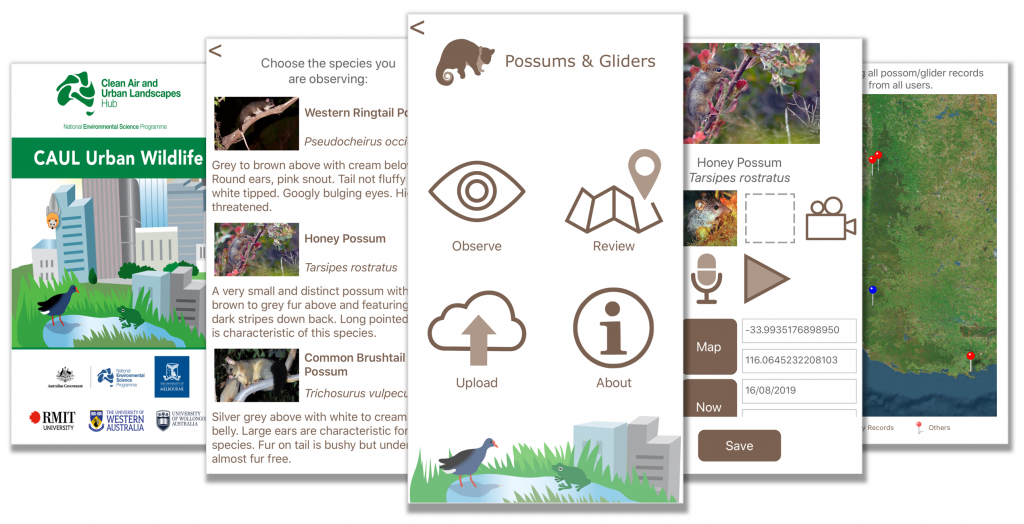The Hydra System is a software stack that enables data collection using flexible schemas, for web interfaces or mobile solutions. It is a robust, open-source system that is at the core of a range of our projects, especially our citizen science projects.
What can it do?
Hydra’s main benefit is the flexible schema under the hood. This lets you create a range of projects, then create a set of fields for each. This provides a great deal of flexibility – driving web-based forms that the system builds, and mobile apps.
Where is it used?
- CAUL Urban Wildlife – the University of Melbourne’s Clean Air Urban Landscapes Hub citizen science app to enable data capture for a range of urban species – bell frogs, flying-foxes, beneficial insects and possums and gliders. This Hub is one of six in the National Environmental Science Programme (NESP). The design allowed for multiple projects to be available via a single app login so that volunteers could choose to participate in any project. Each project had an independent data schema and the app would check in to the schema server on startup to ensure the latest schema was in use. This saved users from having to update the app in some circumstances when schema changes were made.
- Microblitz – built for the University of Western Australia’ Microblitz team to streamline the way in which their volunteer citizen scientists record the details of their physical soil samples that are then further analysed in the lab to determine the soil biodiversity. This was done with three main development components – a new back end system for the storage of the data about where the soil samples were taken, a new web-based form for the submission of samples through the web and a new iOS mobile tool to facilitate the offline capture of information at the point of sampling.
- Dolphin Watch – the app delivers observations of dolphin species to research scientists across WA. Survey data can also be captured by trained citizen scientists and is analysed by DBCA’s River Guardians scientific team. Originally developed using our BDRS product, the new version, provides for an expanded survey network in Perth, Mandurah and Broome, four additional dolphin species and an improved administrative web back-end.
Contact our team and we’ll discuss how we can help you get started.

